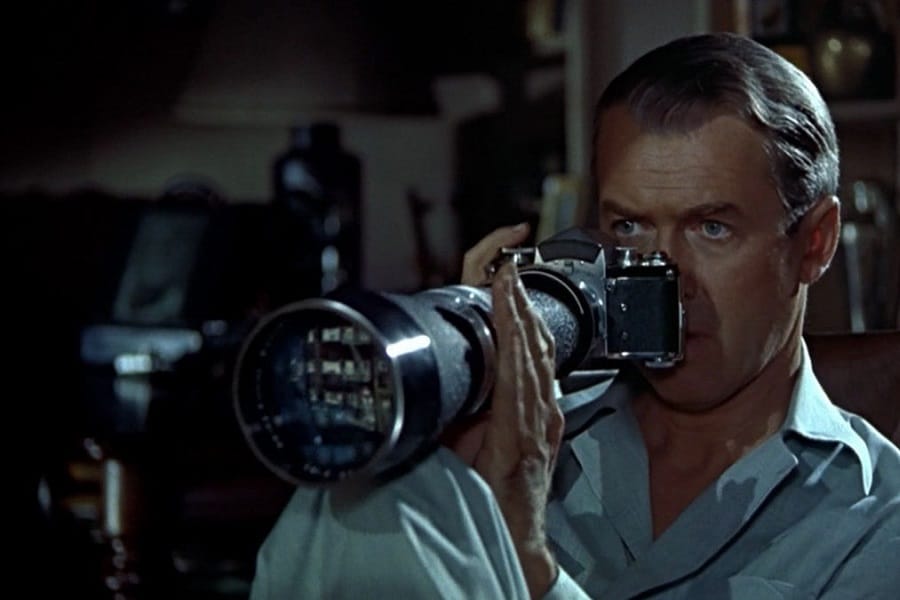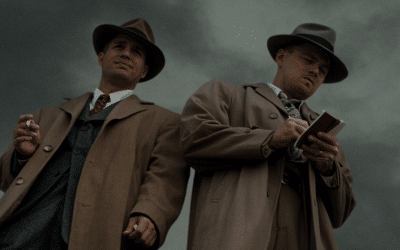
How to Create Suspense
Charlene Bell Dietz
Most novels, to garner interest, may have a slight air of mystery, such as why a stranger may claim to be a good friend. However, a story based on mystery wears many different hats, or I should say they move under different genre umbrellas: Caper, cozy, historical, police procedural, noir, spy, thriller, and so forth.
The suspense novel is about worry and building anxiety, according to Rachel Poli in her September 2022, blog. A good suspense story will keep the readers disquieted up until the last few pages.
Hitchcock used what he called the “The Kuleshov Effect”, first coined by Lev Kuleshov. This technique has characters ogle, and often the camera then switches to those being ogled: think Rear Window. This sends chills up my spine because who doesn’t fear being watched at night through a window?
To create suspense, you must create anticipation. Anticipation requires knowledge of what could happen over time. In the Chekov’s over the mantle rifle theory, if there’s a gun early on, the reader will anticipate the gun to play an essential part in the story. Most readers watch for these types of clues early in the first few chapters, knowing they’ll revisit them in some way near the end. According to Hitchcock, Indy Film Hustle, November 2002, he stated the writer must first give the readers a wide view of possibilities, which will raise the reader’s concern level.
In Writer’s Digest University, May 2010, William Cane analyzed how Stephen King creates suspense. Cane narrows King’s strategies to three stages: first the reader learns about something that might be a problem. Maybe it’s the obvious, like that of Chekov’s gun or something vaguer. The second stage requires a call back, re-visiting of the first. The final stage happens when the unknown is revealed and action takes place.
Here’s an example: in the Shining, King used a room in the hotel to add suspense. The psychic cook tells the young boy, Danny, there’s nothing scary about room 237, but he continues to tell Danny he has no business going in there. He reminds the boy to stay out of that room. The boy passes the room and looks at it at times. This is a type of call-back which reminds the reader/viewer that there’s something amiss with the room.
Lee Childs, when asked by the Opinionator of the New York Times in December 2022, how he created suspense, he said the answer to the question is like asking, “How do you bake a cake?” A better question is how do you “Make your family hungry, make your reader wait for something.” Lee Childs says the art of creating suspense happens when you “Teach your readers to stick around with little questions in their minds for which they long to know the answers.”
To those of us who read suspense, this is called a page turner. We want to know now, not wait.
Simon Wood listed some of his suspense tips for Writer’s Digest in July 2008. He believes multiple view points have an advantage because the reader can get into the head of the protagonist and the antagonist. Also, the author must create equally strong characters in these rolls. After all, the villain should not easily be defeated. Wood suggests if the readers have a ringside view of all the actions, they’ll know the villain’s dastardly plans before the hero does. The writer has given readers a sense of power and upped their level of concern.
Wood and other masters of suspense suggest adding time constraints. Remember the old story about two people talking at a table with a bomb under it? If the reader doesn’t know about the bomb, there is no concern—just a loud, murderous surprise. If the reader does know about the bomb, the reader worries about the time ticking away. Since the reader can’t control the events, the author has raised the reader’s anxiety level. This creates suspense. No matter how much stress those characters undergo, Wood implies the characters can’t feel helpless because they are the ones who have to get out of the dilemma. He says only the reader should feel helpless.
Everyone loves a win-win situation, but when faced with a lose-lose situation, they find themselves in a quandary. The antagonist will have no issues overstepping lines. The protagonist, by nature, will have a moral compass. For example: how does a mother choose to save one child’s life at the expense of letting her other child die? With the reader helpless, the suspense builds because they have to wait to learn how this will be resolved.
Look at your own life. Often events don’t go as planned. A good suspense mystery needs to parallel your life in this respect. Our lives are full of unintended consequences, pleasant ones or not so much. If a book is predictable, why would you bother to read it?
A page-turning suspense story needs to be unpredictable, give the reader a wide view of possibilities, remind the reader over again of a likely bad situation, then make the reader wait in anticipation. As Simon Wood said, “Suspense writing is all about creating a pressure cooker with no relief valve. Writers have to keep turning up the heat using multiple burners.”
Having somewhat demystified suspense writing, I’m curious. Instead of reading about it, if you actually experienced a real-life equivalent to Room 237, what would you do?
About the Author
Charlene Bell Dietz’s award-winning mystery novels The Flapper, the Scientist, and the Saboteur combines family saga with corporate espionage, and The Flapper, the Impostor, and the Stalker propels readers back into 1923 in frenetic Chicago. The Scientist, the Psychic, and the nut gives readers a frightening Caribbean vacation Two of her books won the coveted Kirkus stars and are named to Kirkus Reviews’ Best Book of 2018.
inkydancestudios.com | Facebook

More Suspense Features
Unreliable Narrators in Suspense
The most enthralling mysteries are those that lie within us
Suspense Themes
What are some of the common themes of suspense?
What is the Suspense Genre?
The unique qualities of the suspense genre



